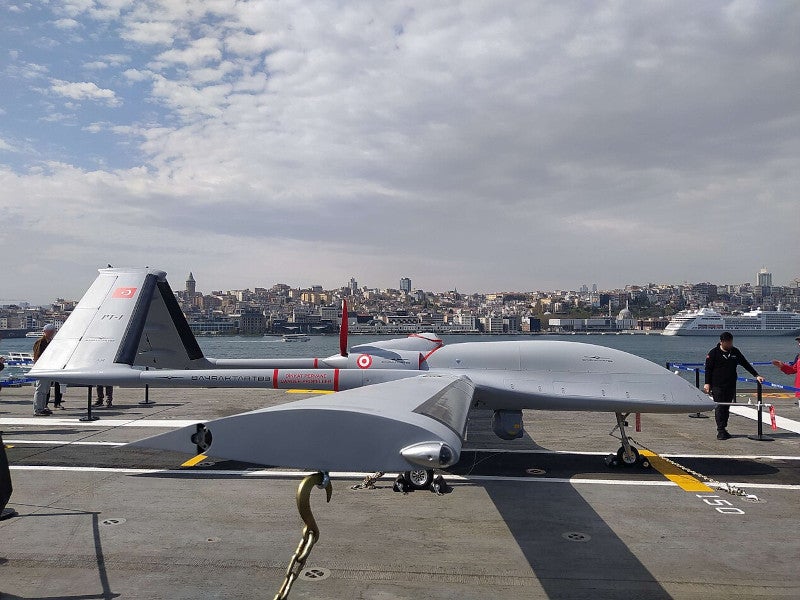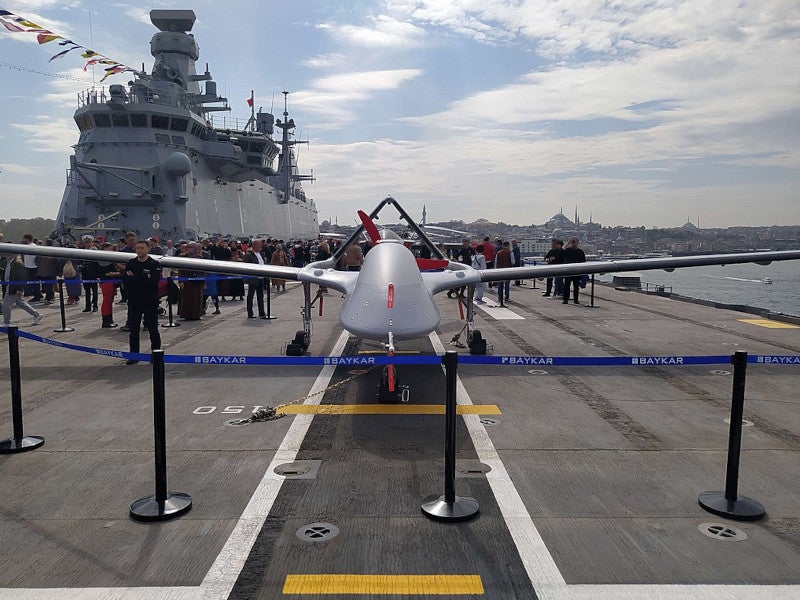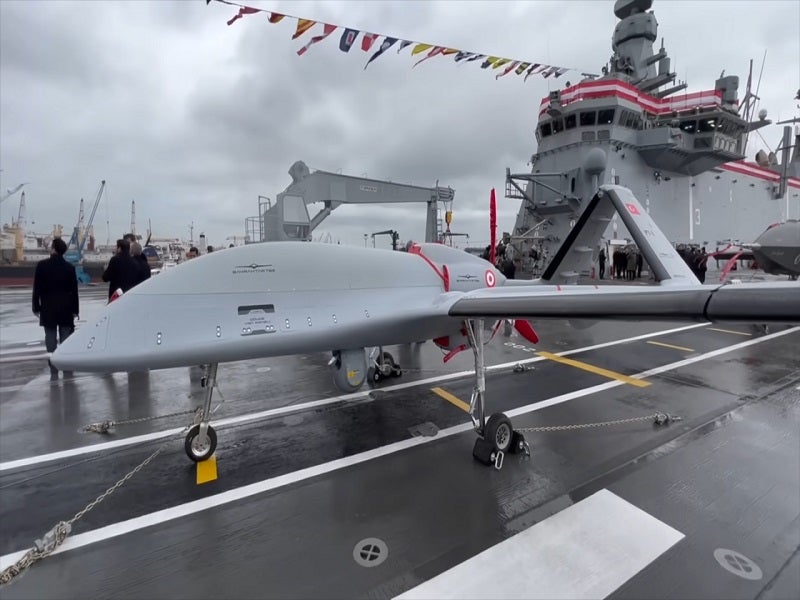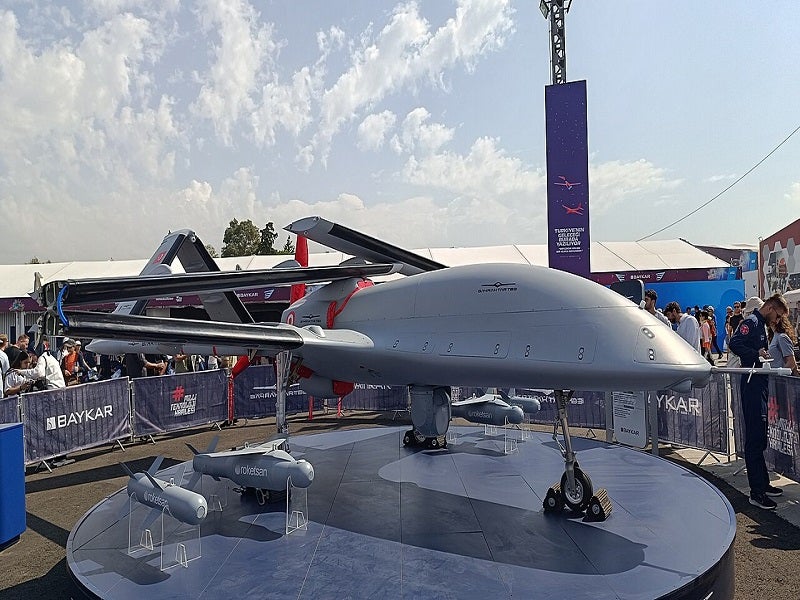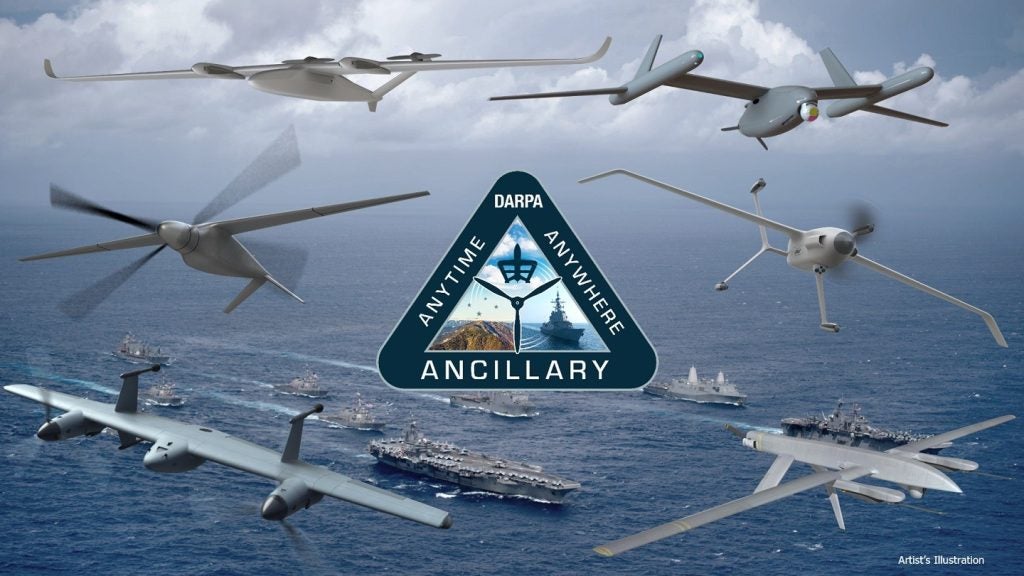The Bayraktar TB3 is an armed unmanned aerial vehicle (UAV) currently under development by Turkish defence company, Baykar Technologies.
It can perform reconnaissance, surveillance, and intelligence missions and is also equipped with intelligent munitions mounted under its wings, enabling it to perform assault operations effectively.
The UAV is designed to operate on short-runway aircraft carriers such as the TCG Anadolu multipurpose amphibious assault ship. Its customised capabilities such as foldable wings also allow for the execution of military operations overseas.
The Bayraktar TB3 UAV completed its first flight in October 2023, and by March 2024, its 25th flight test.
Baykar plans to commence trials for the UAV for ship-based operations in 2024.
Bayraktar TB3 development details
The development of the Bayraktar TB3 UAV was first announced by Baykar in October 2020.
The UAV was unveiled in March 2023 at TEKNOFEST, an aerospace and technology festival held in Turkey.
The UAV concluded its fifth successful flight test in November 2023, demonstrating its capabilities in medium-altitude flight with the landing gear retracted. It also demonstrated its ability to reach a velocity of 130km/h in further trial flights.
In December 2023, the UAV completed a long-duration flight test, covering a total distance of 5,700km during a 32-hour flight.
It remained airborne for 12 hours during its 12th flight test, evaluating its mid-altitude system performance.
The Bayraktar TB3 equipped with the ASELFLIR-500 electrooptical reconnaissance, surveillance, and targeting system completed a system identification and performance test during a medium-altitude flight in March 2024. The ASELFLIR-500 system was developed by Aselsan, a defence company based in Turkey.
The UAV completed a total of 196 flight hours in test flights. It successfully passed the high-altitude system performance tests multiple times by flying above an altitude of 30,000ft.
The initial flight test of the UAV’s second prototype was successfully completed in March 2024.
Bayraktar TB3 armed UAV design and features
The Bayraktar TB3 UAV has a wingspan of 14m, a length of 8.35m and a height of 2.6m. It has a maximum takeoff weight of 1,450kg and a payload capacity of 280kg.
The UAV’s cruise speed is 125 knots, maximum speed is 160 knots, and endurance is more than 24 hours.
The Bayraktar TB3 is twice as heavy as its predecessor Bayraktar TB2 and also has fully autonomous takeoff and landing capabilities along with reinforced landing gear and folding wings.
In addition, the UAV can be operated from extremely remote distances due to its capabilities for both line-of-sight and beyond-line-of-sight communication.
Propulsion
The Bayraktar TB3 UAV is powered by a PD-170 engine manufactured by Tusas Engine Industries (TEI), a Turkish aerospace engine maker.
The TEI-PD170 turbodiesel aviation engine is specifically designed to fulfil the power requirements of medium altitude long endurance class UAVs. It boasts a capacity to generate 172hp.
The TEI-PD170, weighing 162kg, is equipped with a two-stage serial turbocharging system and is capable of running on JP-8 or Jet-A1 fuel.
The engine has a straight four-cylinder configuration with a displacement of 2.1 litres, supplied by common rail fuel and controlled by full authority digital engine control (FADEC). The propeller is regulated by a FADEC-controlled hydromechanical governor.
The TEI-PD170 engine entered mass production after 10,000 hours of calibration and testing. It made its first flight with the Anka platform in December 2018 and has subsequently been utilised in flights with the Aksungur drone and now with the Bayraktar TB3.

